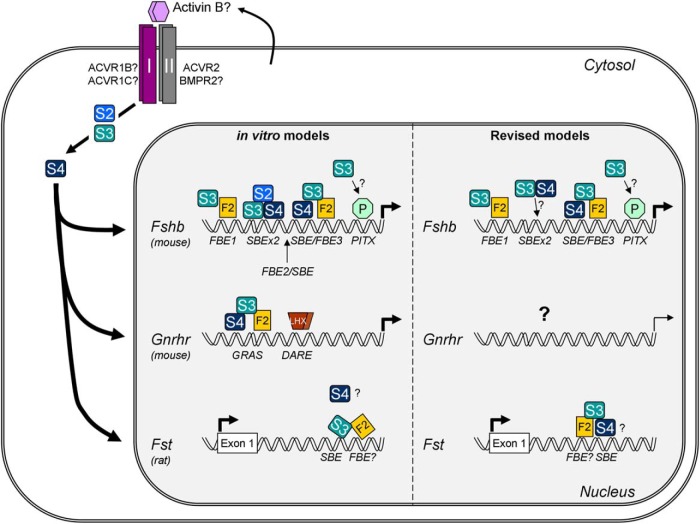Figure 1. Schematic representation of activin signaling in murine gonadotrope cells.
Activin B (or a related ligand) produced by gonadotropes acts in autocrine or paracrine fashion to stimulate Fshb, Gnrhr, and Fst transcription. The dimeric ligand binds complexes of type I/type II serine/threonine receptor kinases. ACVR2 and perhaps BMPR2 are the most likely type II receptors in this system. ACVR1B (also known as ALK4) and ACVR1C (ALK7) are the candidate type I receptors. Upon ligand binding, the type II receptors phosphorylate the type I receptors. The type I receptors then phosphorylate the signaling molecules SMAD2 (S2) and SMAD3 (S3). These receptor-regulated SMADs then partner with the common partner SMAD, SMAD4 (S4), and accumulate in the nucleus. According to in vitro models (pictured at the left of the nucleus), these SMAD complexes partner with FOXL2 (F2) to regulate all 3 genes. Left top, In the murine Fshb promoter, SMAD3 partners with FOXL2 at a distal FBE (FBE1); with SMAD2 and SMAD4 at a composite 8-bp SBE (SBEx2); with SMAD4 and FOXL2 at a proximal SBE/FBE3 composite element; and perhaps with paired-like homeodomain transcription factors (PITX or P) at a proximal PITX-binding site. Also, pictured is the location of a composite FBE2/SBE element, which may be unique to the porcine Fshb promoter (see Figure 2). Left middle, SMAD3 partners with DNA-bound SMAD4 and FOXL2 at a composite response element referred to as GRAS to stimulate the murine Gnrhr promoter. An adjacent response element called DARE, which binds LHXs, also mediates activin responsiveness but through currently unknown mechanisms. Left bottom, SMAD3 partners with FOXL2 at an intronic enhancer in the rat Fst gene to mediate its activin induction. SMAD4's role in the response is poorly defined. At the right, The models have been revised to reflect the results of in vivo mouse knockout experiments. Right top, The model of Fshb regulation is largely unchanged, with 2 exceptions: 1) SMAD2 has been removed, and 2) SMAD3 does not need to bind DNA to produce its effects, casting doubt on a role for the 8-bp SBE (SBEx2). Right middle, SMAD4 and FOXL2 do not positively regulate murine Gnrhr. Whether the gene is activin regulated via alternative mechanisms is unclear but appears doubtful. Right bottom, Both FOXL2 and SMAD4 regulate Fst transcription in gonadotropes. The model has been revised to suggest that SMAD4 rather than SMAD3 binds the SBE in the enhancer and the relative location of the FBE is proposed to be directly adjacent to, but 5′ of the SBE (see Figure 3).

